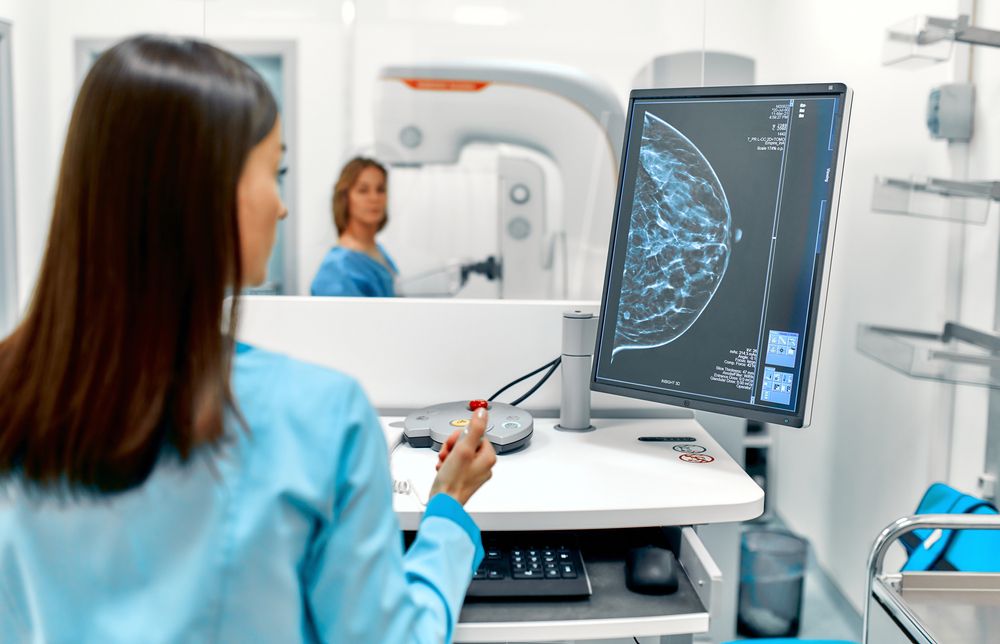Breast cancer is the most common cancer affecting women worldwide. Early detection is crucial to successful treatment, which makes regular breast cancer screening an essential component of women’s healthcare. In this informative blog, we’ll explore the importance of breast cancer screening, the various screening methods, and the benefits of early detection. By raising awareness and promoting regular checkups, we can save lives and improve the quality of life for millions of women.
Mammograms – A Gold Standard in Breast Cancer Screening
Mammography is the most widely used and recommended screening method for breast cancer. A mammogram is an X-ray of the breast that can detect cancerous tumors even before they can be felt by a doctor or the patient. Women aged 40-74 are encouraged to undergo regular mammograms, with the frequency depending on their age and risk factors.
Digital mammography is the most prevalent type of mammogram, offering a more detailed image and reducing the need for retakes. Additionally, it allows for easier storage and sharing of images among healthcare providers. This technology is particularly helpful in detecting cancer in dense breast tissue, which is more common in younger women.
Supplemental Screening Options: Ultrasound and MRI
While mammograms are the gold standard in breast cancer screening, supplemental methods like ultrasound and magnetic resonance imaging (MRI) can be beneficial in certain situations.
Breast ultrasound uses sound waves to create images of the breast tissue, and it can be particularly useful for women with dense breasts. Ultrasound can help distinguish between benign cysts and solid masses, reducing the need for invasive biopsies.
MRI, on the other hand, uses powerful magnets and radio waves to generate detailed images of the breast tissue. This method is often recommended for women at high risk of breast cancer, such as those with a strong family history or known genetic mutations (BRCA1 or BRCA2). While MRI is more sensitive than mammography, it also has a higher rate of false positives, which can lead to unnecessary biopsies and anxiety.
Early Detection: The Key to Successful Treatment
The importance of breast cancer screening cannot be overstated. Early detection is essential in successfully treating breast cancer and improving patient outcomes. When cancer is detected early, treatment options are more effective, and the chances of a complete recovery are significantly higher.
Breast cancer screening helps identify cancer in its early stages, often before any symptoms appear. This proactive approach allows doctors to plan treatments that can save lives and minimize the physical and emotional toll of breast cancer.
Awareness and Advocacy
Awareness of breast cancer and the importance of regular screening is critical in the fight against this deadly disease. By understanding the risk factors, signs, and symptoms of breast cancer, women can take charge of their health and make informed decisions about their care.
Healthcare providers, advocacy groups, and survivors must continue to educate and empower women to prioritize their health and seek regular screening. By working together, we can improve early detection rates and save lives.
Embrace the Power of Prevention: A Lifesaving Conclusion
In conclusion, breast cancer screening is a vital tool in the early detection and treatment of breast cancer. Mammography, ultrasound, and MRI each play an essential role in identifying cancer in its initial stages, offering the best chance for successful treatment. Regular screening and increased awareness are crucial components in the fight against breast cancer. Embrace the power of prevention by scheduling your breast cancer screening today.
Sources:
American Cancer Society (ACS). (2021). American Cancer Society Guidelines for the Early Detection of Cancer. Retrieved from https://www.cancer.org/healthy/find-cancer-early/cancer-screening-guidelines/american-cancer-society-guidelines-for-the-early-detection-of-cancer.html
U.S. Preventive Services Task Force (USPSTF). (2021). Breast Cancer: Screening. Retrieved from https://www.uspreventiveservicestaskforce.org/uspstf/recommendation/breast-cancer-screening
Centers for Disease Control and Prevention (CDC). (2021). Breast Cancer Screening Guidelines for Women. Retrieved from https://www.cdc.gov/cancer/breast/basic_info/screening.htm
National Cancer Institute (NCI). (2021). Mammograms. Retrieved from https://www.cancer.gov/types/breast/mammograms-fact-sheet
World Health Organization (WHO). (2021). Breast Cancer. Retrieved from https://www.who.int/cancer/prevention/diagnosis-screening/breast-cancer/en/
















